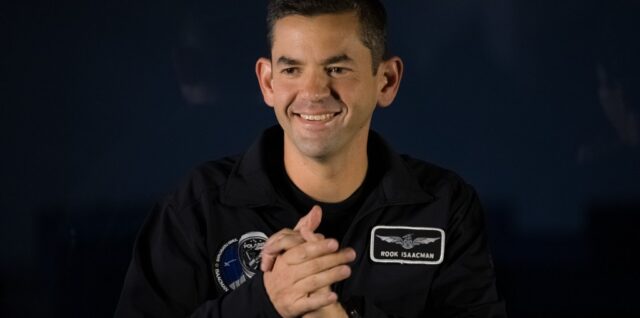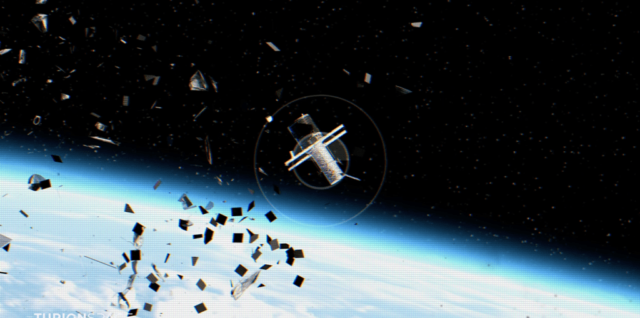Author Archives: Astrobitica
What’s the difference between a young exoplanet and an old one?
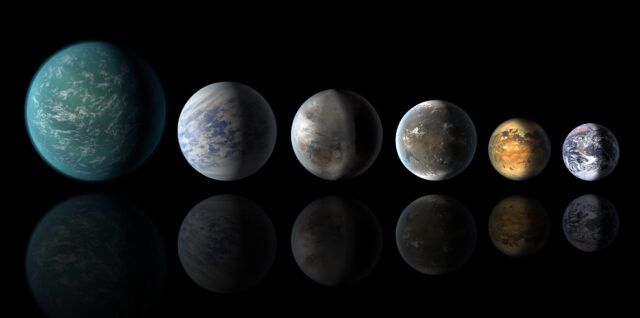
A new study compares young and old exoplanets to uncover how worlds shrink, migrate and evolve over time — offering insights into long-standing astronomical mysteries like the “hot Neptune desert” and the “radius valley.” Continue ReadingWhat’s the difference between a young exoplanet and an old one?
Secretive Russian military satellites release mystery object into orbit
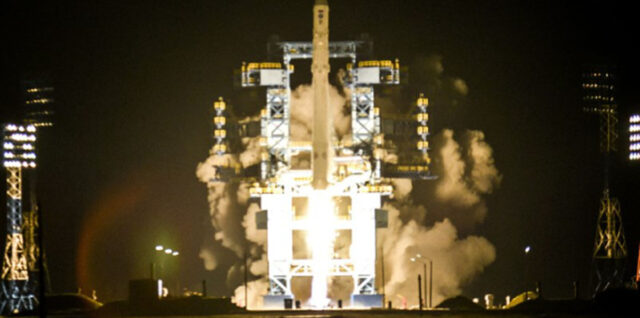
A trio of secretive Russian satellites launched earlier this year has released a mysterious object into orbit, sparking interest among space trackers and analysts. Continue ReadingSecretive Russian military satellites release mystery object into orbit
Senate schedules confirmation hearing for Isaacman’s nomination to lead NASA
Webb telescope captures photos of the asteroid that won’t hit Earth in 2032
The significance of the recent ‘baby pictures’ showing the universe when it was just 380,000 years old
Cosmic wingspan
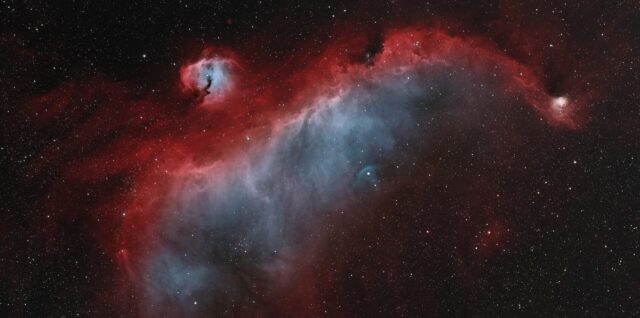
Andrei Pleskatsevich, taken from Minsk, Belarus The Seagull Nebula is a region of nebulosity lying on the border between constellations Monoceros and Canis Major; the emission nebula forming the bird’s “head” carries the catalog designation IC 2177. The imager used a 3-inch f/4.5 scope and one-shot color camera to take 10 hours of exposure. The post Cosmic wingspan appeared first on Astronomy Magazine. Continue ReadingCosmic wingspan
‘Star Trek: Strange New Worlds’ Season 3 teaser trailer promises more gimmicky hijinks in the final frontier (video)

Paramount+ will serve up a balanced blast of silly and serious sci-fi stories with Season 3 of “Star Trek: Strange New Worlds.” Continue Reading‘Star Trek: Strange New Worlds’ Season 3 teaser trailer promises more gimmicky hijinks in the final frontier (video)
Washington Harbour Partners invests in startup Turion Space
Atlas V rocket will launch Amazon’s 1st big batch of Project Kuiper internet satellites on April 9
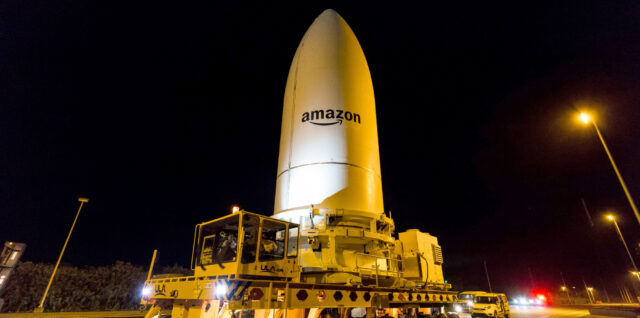
Amazon’s first big batch of Project Kuiper broadband satellites will lift off a week from now, if all goes according to plan. Continue ReadingAtlas V rocket will launch Amazon’s 1st big batch of Project Kuiper internet satellites on April 9
Ultralight dark matter could explain early black hole formation

A black hole is a region of space where gravity is so strong that nothing, not even light, can escape. There are two main types of black hole; stellar mass and supermassive black holes, and they differ in size, formation, and impact on their host galaxy. Stellar mass black holes, a few to dozens of times the mass of the sun, form from collapsing massive stars. Supermassive black holes, on the other hand, are millions to billions of times more massive and tend to live in the center of galaxies and grow through accretion and mergers.
‘Red Planet,’ ‘Top Gun’ and ‘Batman: Forever’ star Val Kilmer dies at 65
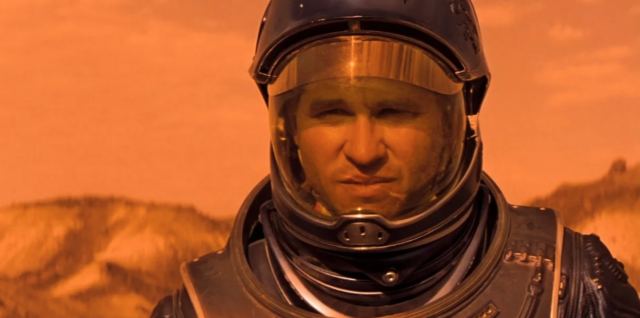
Kilmer leaves a legacy of engaging film roles including Batman and even a Mars astronaut. Continue Reading‘Red Planet,’ ‘Top Gun’ and ‘Batman: Forever’ star Val Kilmer dies at 65
Project Kuiper readies long-awaited operational satellite launch
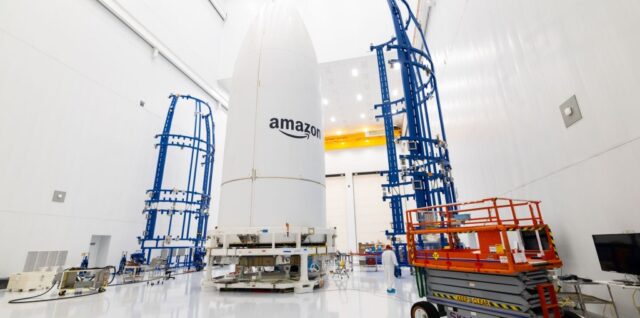
ULA is set to loft the first 27 satellites of the more than 3,200 planned for Amazon’s Project Kuiper broadband constellation April 9, roughly a year behind schedule as the company races to meet deployment deadlines. The post Project Kuiper readies long-awaited operational satellite launch appeared first on SpaceNews.
25 years on, Vin Diesel’s ‘Pitch Black’ still outshines every other Riddick film — and we think we know why

As the cult classic sci-fi monster movie turns 25, we look at why it eclipses everything Vin Diesel’s antihero has done since. Continue Reading25 years on, Vin Diesel’s ‘Pitch Black’ still outshines every other Riddick film — and we think we know why
United Launch Alliance and Amazon set first launch for SpaceX Starlink competitor Project Kuiper
Remember that asteroid everyone was worried about 2 months ago? The JWST just got a clear view of it
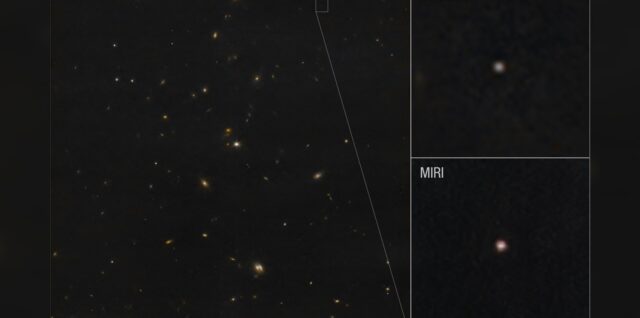
“All together, we have a better sense of what this building-sized asteroid is like.” Continue ReadingRemember that asteroid everyone was worried about 2 months ago? The JWST just got a clear view of it
Q&A: Webb finds asteroid 2024 YR4 is building-sized
Europe’s life-hunting ExoMars rover gets new landing platform to replace canceled Russian craft

The European Space Agency has picked Airbus to build the landing platform for the life-hunting ExoMars rover Rosalind Franklin, which is scheduled to launch in 2028. Continue ReadingEurope’s life-hunting ExoMars rover gets new landing platform to replace canceled Russian craft
STARMUS Launches the Stephen Hawking Medal Junior at The Kennedy Center

Gitanjali Rao was honored as the inaugural recipient of the Stephen Hawking Medal Junior, an award created to inspire young innovators. The post STARMUS Launches the Stephen Hawking Medal Junior at The Kennedy Center appeared first on Astronomy Magazine. Continue ReadingSTARMUS Launches the Stephen Hawking Medal Junior at The Kennedy Center
Familiar faces return in ‘Star Wars: Tales of the Underworld’, which hits Disney+ on May the 4th (video)

Disney has revealed its third animated Star Wars anthology series, which takes us deeper into the galaxy’s darkest corners through the eyes of two infamous bounty hunters. Continue ReadingFamiliar faces return in ‘Star Wars: Tales of the Underworld’, which hits Disney+ on May the 4th (video)


